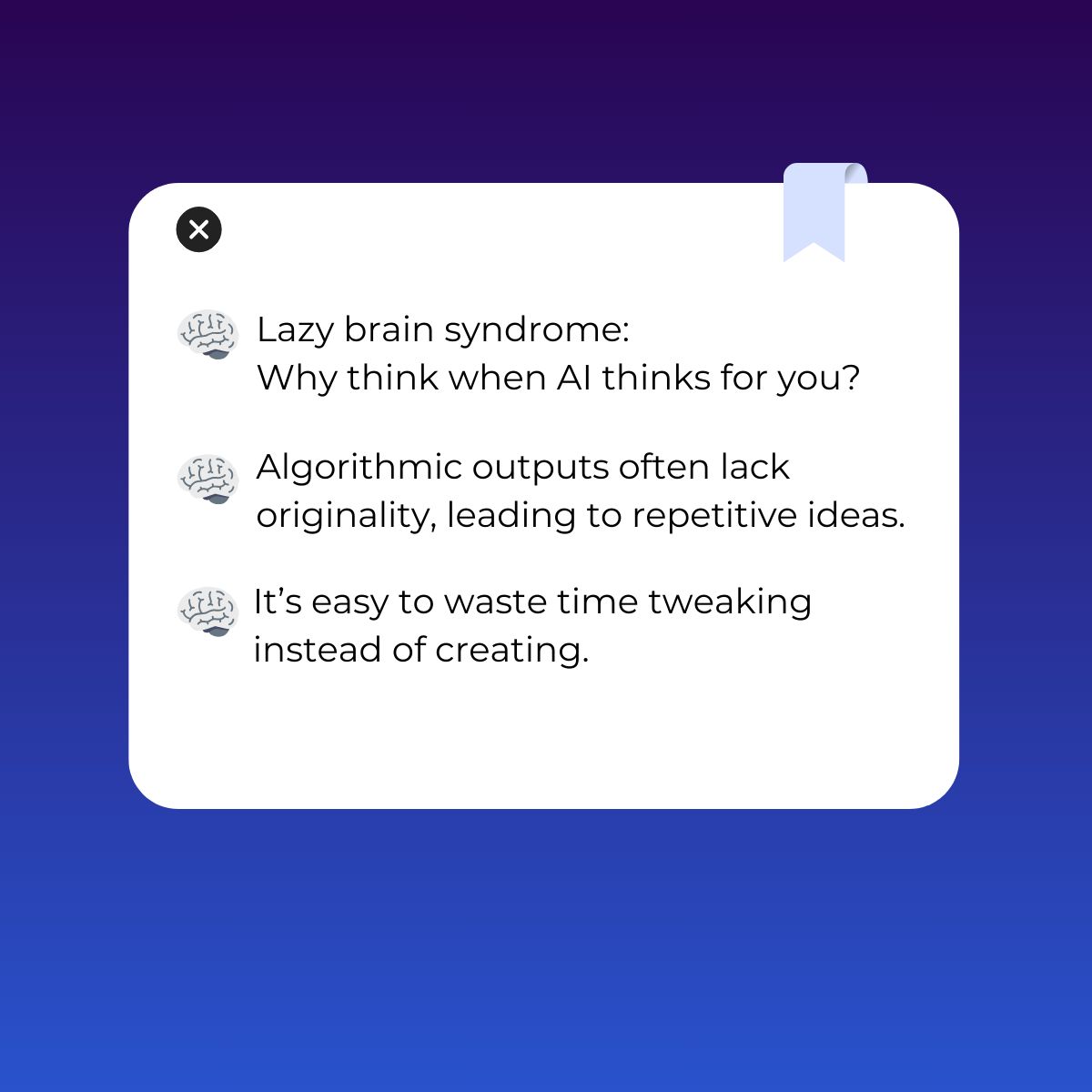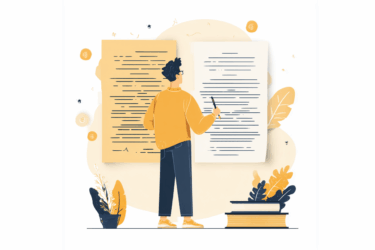Is it possible to detect whether students use AI tools, like СhatGPT or Gemini when preparing written assignments?
Leading universities employ special software that guarantees reliable results and prevents cheating. For example, TraceGPT – AI Content Detector by PlagiarismChecker distinguishes sentences written by humans and sentences that match all the signs of AI-generated text.
Constantly updated algorithms calculate various parameters such as text randomness, entropy, and other linguistic features. Stylometric analysis of text features (vocabulary, structure, context, etc.) allows educational institutions to determine the verdict and obtain reliable percentage reports quickly:
- Human-written
The probability of the whole text being human-written is high: ≥70%. There are just a few potentially AI-written sentences: ≤5%
- Likely Human-written
The probability of the whole text being human-written is high: ≥70%. There are less than a third of sentences with signs of AI: 5.01-30%
- AI Content Detected
The probability of the whole text being human-written is high: ≥70%. However, there are over a third of sentences with signs of AI: 30.01-100%. Also, you see this result when “human probability” is 30-69%
- Likely AI-Generated
The probability of the whole text being human-written is less than 30%
How can professors detect AI?
Let’s see how fast, accurate, and easy AI detection can be.
After the text of the papers is inserted or downloaded into the system, the tool will provide one of the four verdicts and a detailed percentage report in a few moments. Corresponding sentences will be highlighted in different colors (depending on the level of detected signs):
- Highly likely AI
- Likely AI
Sentences that closely resemble human writing will not be highlighted.
The percentage of potentially AI-generated sentences relative to the entire text, as well as other general text parameters of AI-detection models, allows professors to get an accurate percentage result and a high-quality, reliable report.
Why AI cheating is a problem?
AI misuse is unethical and disrespectful towards the educators, violates academic integrity, and breaks university honour code. Besides, it harms the student who cheats, hindering progress and creativity skills development:

How do universities detect cheating?
AI detector is integrated into the institution’s LMS via API; one can also run AI and plagiarism check on the PlagiarismCheck.org platform, in Google Docs via add-on, or in the browser with the Google Chrome extension. It is important to note that the AI detector can be seamlessly integrated with plagiarism-checking systems, streamlining the process and improving reporting efficiency. In particular, the PlagiarismCheck tool combines three solutions to prevent student cheating:
– Similarity (plagiarism, paraphrasing, improperly formatted citation of other people’s texts)
– Fingerprint (by a deep check of the writing style, it detects texts written by the student themselves and texts written for them by essay mill/someone else)
– AI detector (detects % of AI-generated content in student works)
How to Cite AI in APA papers
First and foremost, the paper should clearly state that AI technologies have been used in the writing process. Let’s have a look at the recommendations on how to do that provided by the Seventh edition of APA Styleguide – the most recent one.
- One should describe the usage of AI in the Methods section, Introduction, or a comparable section of the work. Moreover, the author should indicate that the facts or conclusions were generated by AI after providing the information in the text.
- Conversations with chatbots are not retrievable, and even when given the same prompt, AI usually generates a somehow different response. Hence, it is recommended that the conversation transcript be included as an appendix. One is not obliged to quote the whole chat but the parts meaningful for the paper’s content.
- Long quotes from Chat GPT responses can also be placed in the Online Supplement Materials section after the main body of the paper.
Nonretriavable data like conversations is usually cited in APA under the Personal Communications Citing guidelines. However, Chat GPT and similar tools do not apply to this category, as conversation with a chatbot is considered algorithm output rather than personal communication.
Hence, the algorithm’s author – in our case, the company developing the AI – is mentioned in the reference instead of the publication’s author. One also needs to specify the name of the AI model used (for example, Chat GPT) and the date when the version used was launched.
The author: OpenAI, as it is the author of the model.
The date: the year of the version of the model you’ve used.
The title: the model’s name, for example, Chat GPT. One should also provide information about the version of the model in the parentheses according to the method the model’s author uses – in Chat GPT’s case, it will be the release date.
The source: one doesn’t need to repeat the source’s name when it’s the same as the author, which is, in our example, OpenAI. Here, one should include the link to the page where the reader can access the data resource. Using the most specified URL possible is recommended, so one should attach the link to Chat GPT but not the OpenAI homepage.
The short version of the citation is placed in the text, and the long goes after the main part of the paper.
How to cite AI in APA in the text
APA Guidelines recommend using in-text citations immediately after the notion one attributes, before the punctuation mark. In-text attribution should include the author (company name) and the year the used version was released.
(Company, Year)
The longest word in the English language, according to most dictionaries, is “pneumonoultramicroscopicsilicovolcanoconiosis.” It has 45 letters and refers to a lung disease caused by inhaling very fine silica particles (OpenAI, 2022).
When including the conversation transcript after the paper, one should indicate it in the in-text citation.
(OpenAI, 2022; See Appendix A for the full transcript).
In the narrative citation, when we refer to the company in the text, one should include only the year in the parenthesis.
According to Chat GPT from OpenAI, the longest word in the English language “has 45 letters and refers to a lung disease caused by inhaling very fine silica particles” (2022).
How to cite Chat GPT in APA in the Reference List
For the reference list in APA, one needs to include detailed information about the source. In the case of AI, it will be the company name, version, year, description, and the resource URL.
The description part is an APA requirement for nonstandard sources. A short explanation in one’s own words is applicable here, but with Chat GPT, one can use the “large language model” or “large multimodal model” formula.
Company. (Year). AI Name (version) [Descriptor]. URL
OpenAI. (2022). ChatGPT (Nov 30 version) [Large language model]. https://chat.openai.com/chat
How to fact-check and specify sources
The AI model generates the responses using all the online content, so the information may not always be accurate. Moreover, the result can be detected as plagiarism and entail accusations of cheating. Here are a few tips and tricks on how to use AI wisely.
- Check plagiarism before you submit the paper. The plagiarism detector will highlight the parts that need correction so your writing is polished and original.
- The APA Style page recommends asking Chat GPT for the links to the sources after receiving a response to your prompt. This way, you can check the resources for credibility and provide your reader with a more accurate attribution than referring to the AI only.
Learn more about AI Detector with API. This solution will help you confidently use all the advantages of artificial intelligence: efficiently, responsibly, ethically, and without violating integrity.






